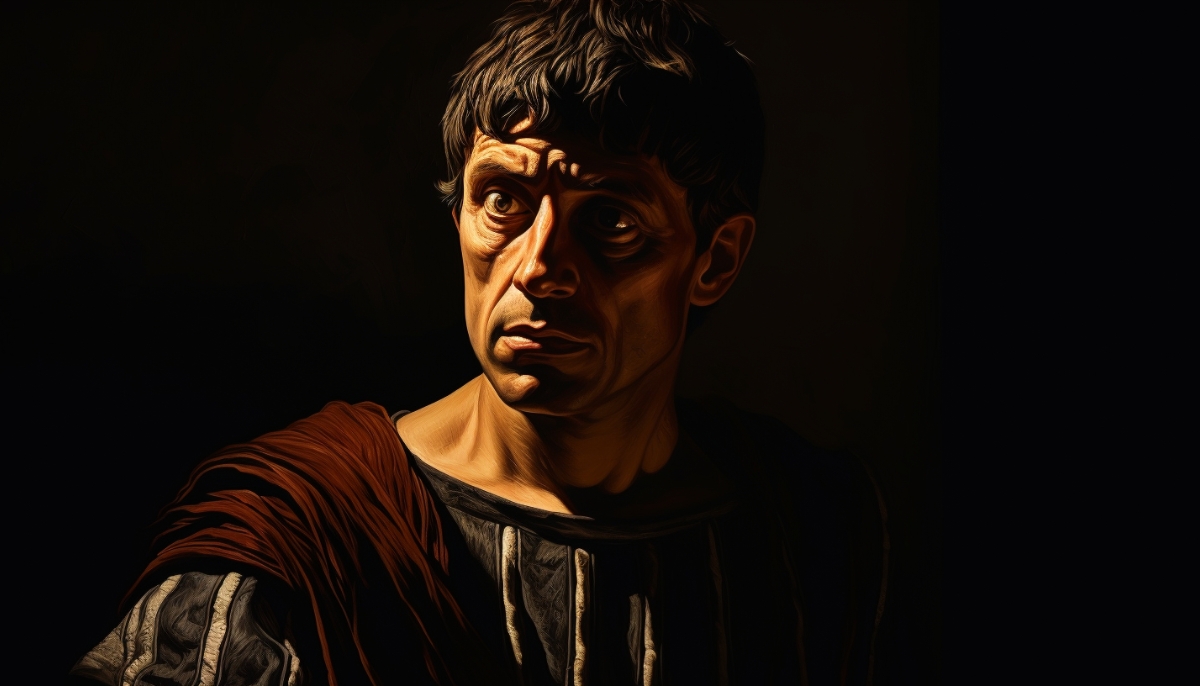Trajan was a standout Roman Emperor, ruling from 98 to 117 AD. He’s known for improving the empire in multiple ways, leading to a stable and prosperous era.
He was the second of the “Five Good Emperors,” a group celebrated for their effective governance and ability to maintain peace.
Many consider Trajan’s reign the high point in Roman history. From military conquests to ambitious construction projects, his impact remains a subject of study and admiration.
Now, let’s explore some key facts that illuminate the life and achievements of this iconic Roman leader.
1. Trajan Was the First Roman Emperor Born Outside of Italy
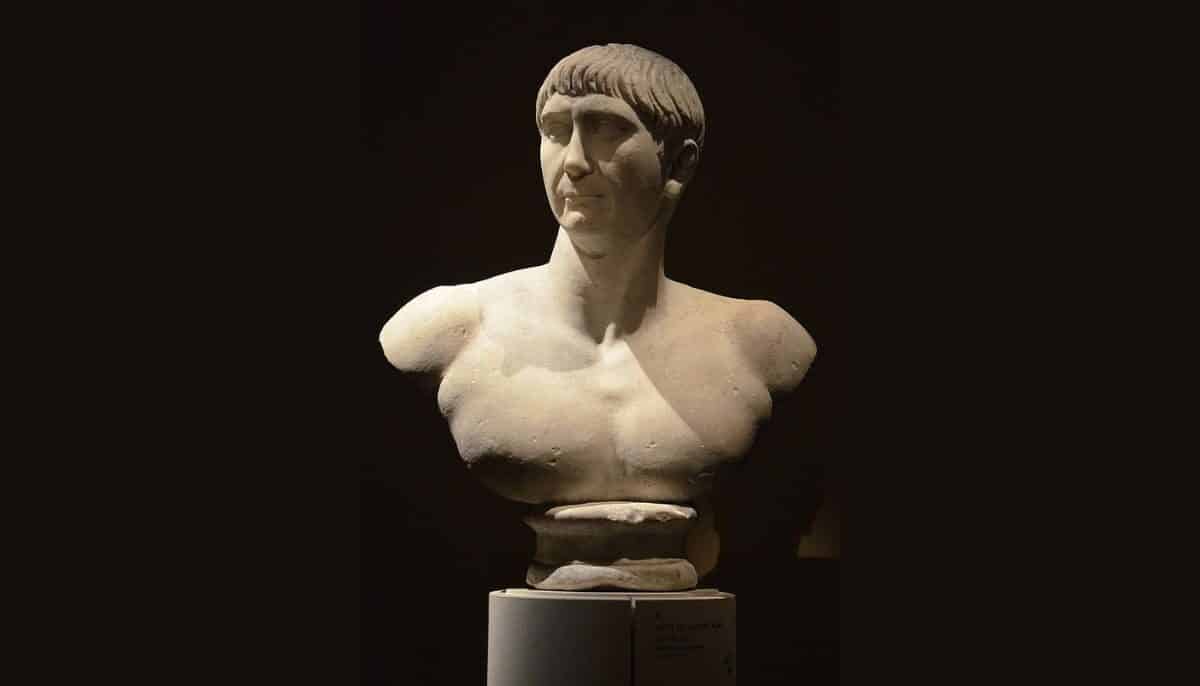
Trajan broke the mold by being born in Italica, Spain, not Italy, like the previous 12 Emperors. His roots in Hispania set him apart and signaled a shift in Roman leadership.
Born in 53 AD to a non-aristocratic family, Trajan started with law but shifted to a military career. There, he rose fast and won respect.
He became Emperor in 98 AD, succeeding the overrated Nerva. His Spanish background didn’t hold him back; his military and administrative skills spoke for him. His rule even opened doors for other non-Italian Emperors, like Septimius Severus from North Africa and Elagabalus from Syria.
So, Trajan wasn’t just another Emperor; he was a sign of an evolving Roman Empire that started to look beyond Italy for its leaders.
2. Trajan May Have Been Gay
Ancient Rome had different views on homosexuality compared to today. It was generally acceptable for men to have relationships with both genders, but there were social norms to follow.
Trajan was rumored to have crossed these boundaries. Ancient writers like Julian and Cassius Dio claimed his same-sex preferences were not socially accepted. Julian even criticized him for it, calling it moral decay.
One point fueling these claims is Trajan’s childless marriage to Pompeia Plotina for 19 years. In a society focused on family, this absence of heirs was noteworthy.
So, while the whole truth about Trajan’s sexual preferences is debated, it adds another layer to his complex legacy.
3. Trajan Conquered as Far as Alexander the Great
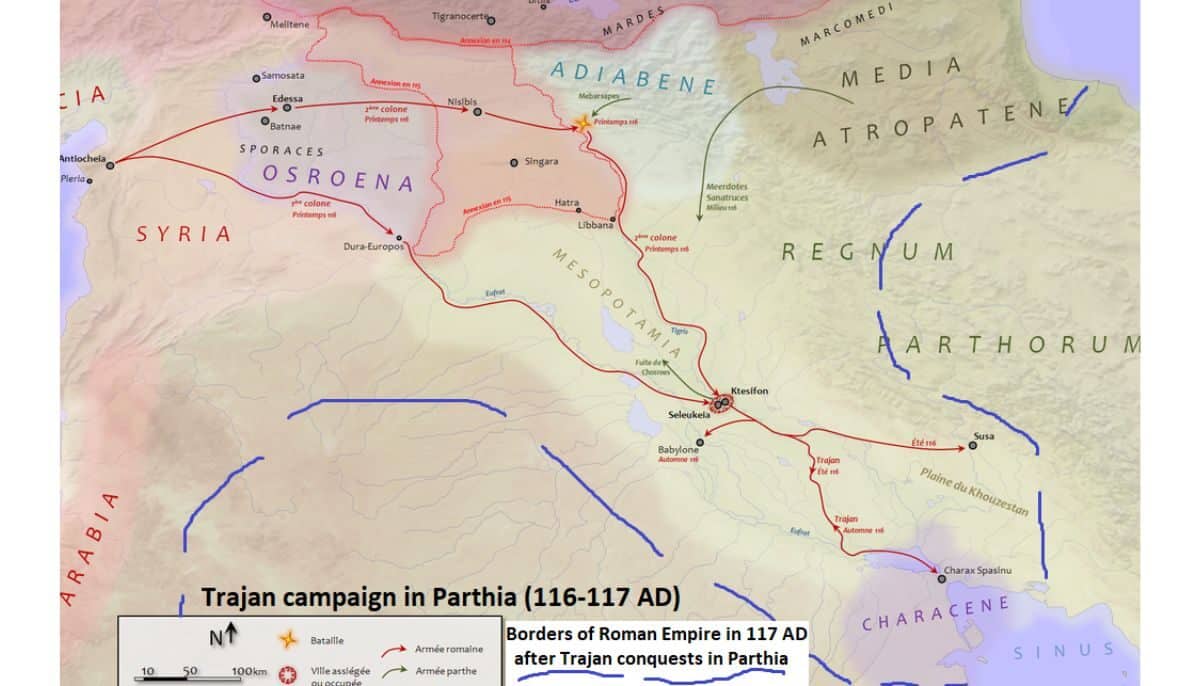
Trajan looked up to Alexander the Great, especially when expanding his empire. He used a conflict with the Parthian Empire as a chance to grow Roman territory. He took the critical city of Ctesiphon and even controlled land up to the Persian Gulf.
But unlike Alexander, Trajan was practical. He was getting older, and his health was failing. Plus, some newly captured areas, like Judea, were already revolting. He realized that pushing for more land would overextend Rome and risk stability.
So, while Trajan had grand visions of matching Alexander’s feats, he knew when to rein in his ambitions for the good of the empire.
4. Trajan Had Guardianship Over Hadrian, Later Adopting Him and Raising Him As His Heir

Trajan and Hadrian had a multi-layered relationship that mixed family ties, politics, and rumored romance.
Hadrian, initially taken in by Trajan and his wife after losing his cousin, proved his worth in politics and the military. Trajan adopted him, a common practice for Roman Emperors to select heirs based on merit.
Rumors also suggested a romantic angle between the two men, adding complexity to their relationship. While confirming these claims is hard, they’re part of the historical conversation around these leaders.
Hadrian went on to become a notable Roman Emperor himself. He’s famous for achievements like the Pantheon and Hadrian’s Wall. His policies also promoted religious tolerance and cultural integration, strengthening Rome’s stability during his rule.
5. His Wife May Have Hidden His Body After His Death
Trajan died in 117 AD while in the East, ending a landmark reign. His passing left a void and questions about his successor. Some accounts suggest that Pompeia, Trajan’s wife, was crucial in ensuring Hadrian became Emperor.
According to historian Cassius Dio, Pompeia found Trajan’s body and quickly summoned Hadrian, who was in Rome. She used actors to impersonate the late Emperor to buy time while Hadrian traveled. T
The fake Trajan then “died” once Hadrian had arrived, clearing the way for Hadrian to assume power.
This single-source story portrays Pompeia as a savvy political strategist. She effectively bought time and ensured a smooth transition of power to Hadrian.
6. The Bridge He Commissioned Over the Danube Was the Longest Built for 1,000 Years
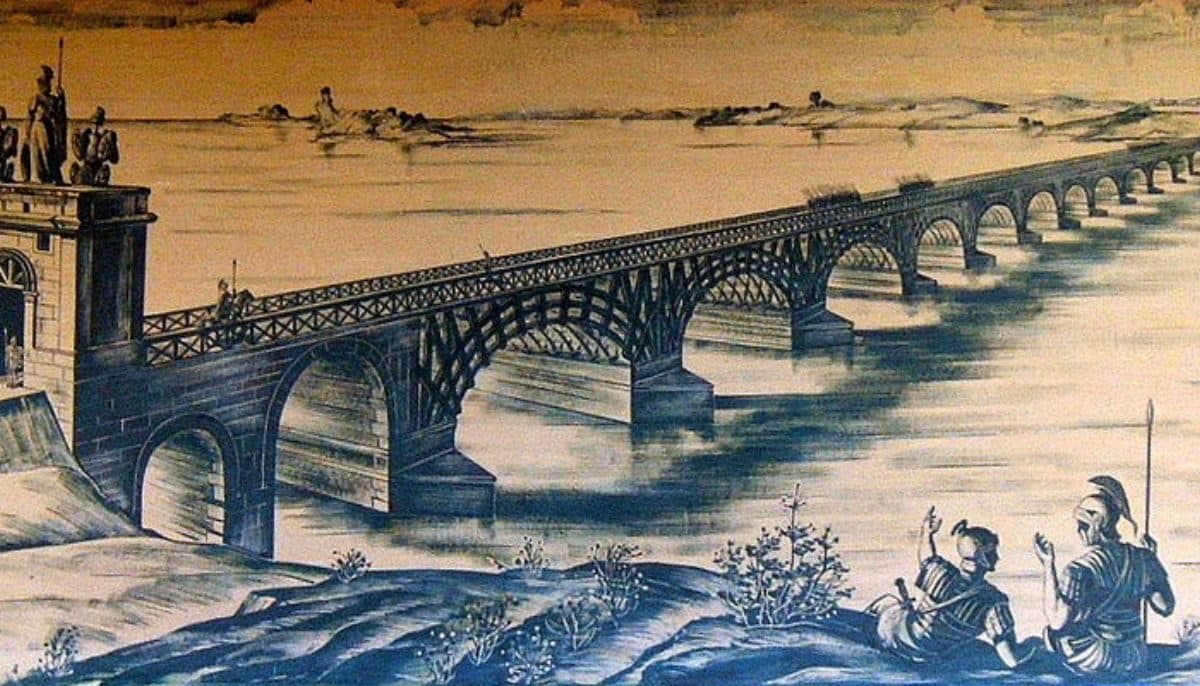
Trajan’s Bridge, or the Bridge of Apollodorus, was a marvel of ancient Roman engineering. Built in 105 AD, it stretched over the Danube River and was crucial for the Roman military during the Second Dacian War.
The bridge was an astonishing 1135 meters long, 15 meters wide, and 19 meters high, with a castle at either end.
It was built using a combination of stone and timber, with wooden pillars supporting the bridge’s superstructure. The bridge’s arches were constructed using voussoir, which involved laying stones in a circular pattern to create a robust and stable arch.
Not just an engineering feat, the bridge had strategic importance. It helped Roman soldiers and trade networks move with ease.
Though it eventually fell into disrepair and was taken down in the Middle Ages, its stone bases are still visible today, a tribute to Roman ingenuity.
7. The Parthian Empire Gifted Emperor Trajan a Horse That Could Bow
During Trajan’s campaign in the East, Parthian envoys repeatedly attempted to make peace with the Roman Emperor. One of their peace offerings was a highly trained horse that could bow to its master.
However, Trajan was unimpressed with the gift. He continued his military campaign, eventually capturing the Parthian capital city of Ctesiphon – while the horse’s fate is unknown.
8. His Ashes Are Buried Underneath Trajan’s Column

Trajan’s Column is a remarkable work of art that has survived over 1900 years of weathering. It was completed in 113 AD and has since remained an iconic symbol of Trajan’s victory in Dacia.
The Column features a spiral relief sculpture that tells the story of Trajan’s campaigns in great detail. The spiral is approximately 200 meters long and wraps around the Column 23 times.
The carvings show scenes of war, battles, and daily life in great detail, providing an insight into the life and times of the Romans. The Column was once brightly painted, but the colors have long since faded.
The Column was not only a commemorative piece but also a tomb. It is said that Trajan’s ashes were placed in a golden urn at the top of the Column.
The urn was located in a chamber accessible by a spiral staircase. The Roman Senate voted to bury the Emperor under his Column, breaking traditional Roman burial standards.
This decision is a testament to how highly Trajan was regarded in Rome and highlights his contribution to the Roman Empire.
9. The Roman Empire Was at Its Largest Under Emperor Trajan
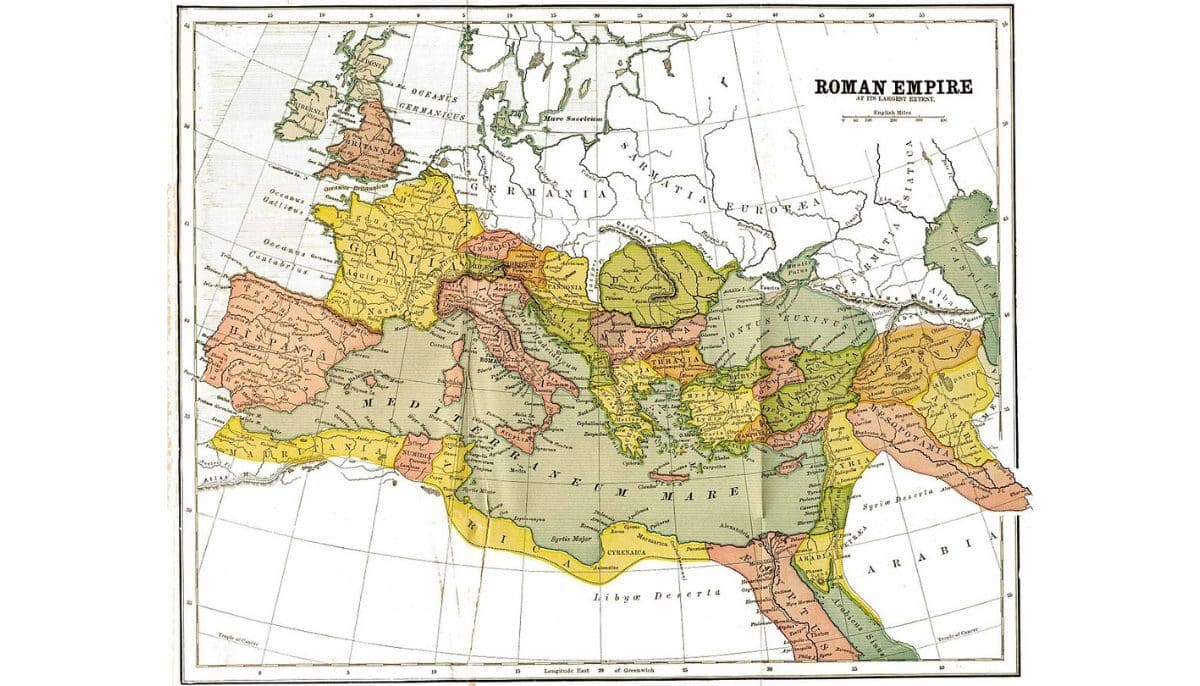
Trajan’s conquests brought the Roman Empire to its greatest territorial extent, reaching its maximum size under his rule. The capture of Dacia was particularly significant as it brought valuable gold mines into the Roman economy.
The conquest of Parthia was also a major achievement, even though it was not a permanent acquisition, as it gave the Romans control over Mesopotamia. This region had been a thorn in their side for centuries.
10. The Senate awarded Trajan the Name Optimus
By the reign of Trajan, the Roman Senate was a purely ceremonial body. One of these duties was awarding honorary names to Emperors, Generals, and other notable Romans.
This would often involve territories conquered – Scipio was given the name Africanus. For Trajan, the Roman Senate bestowed the name Optimus Princeps. This translates as Best Ruler. A fitting tribute – Trajan also made our list of The greatest Roman Emperors of all time.
